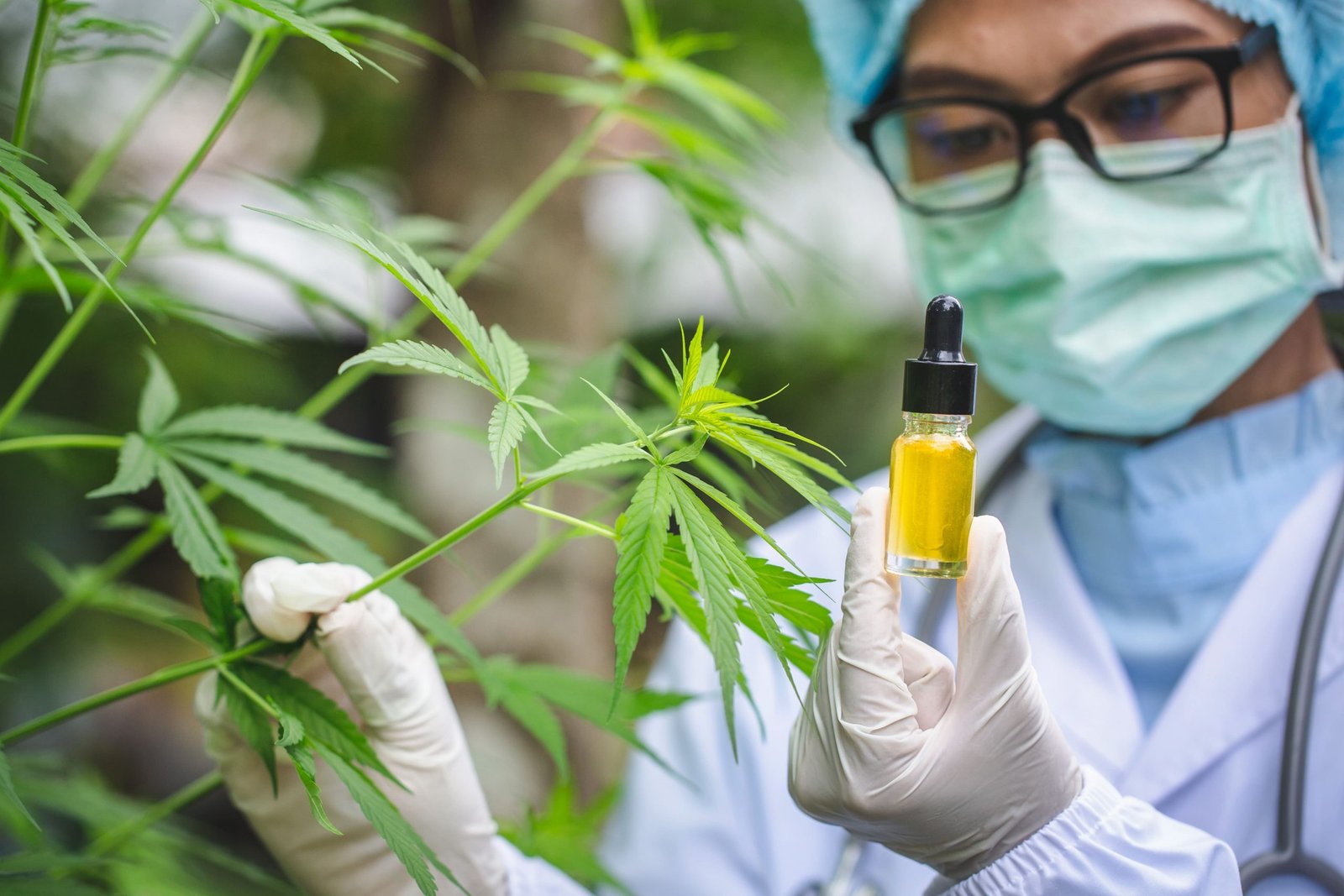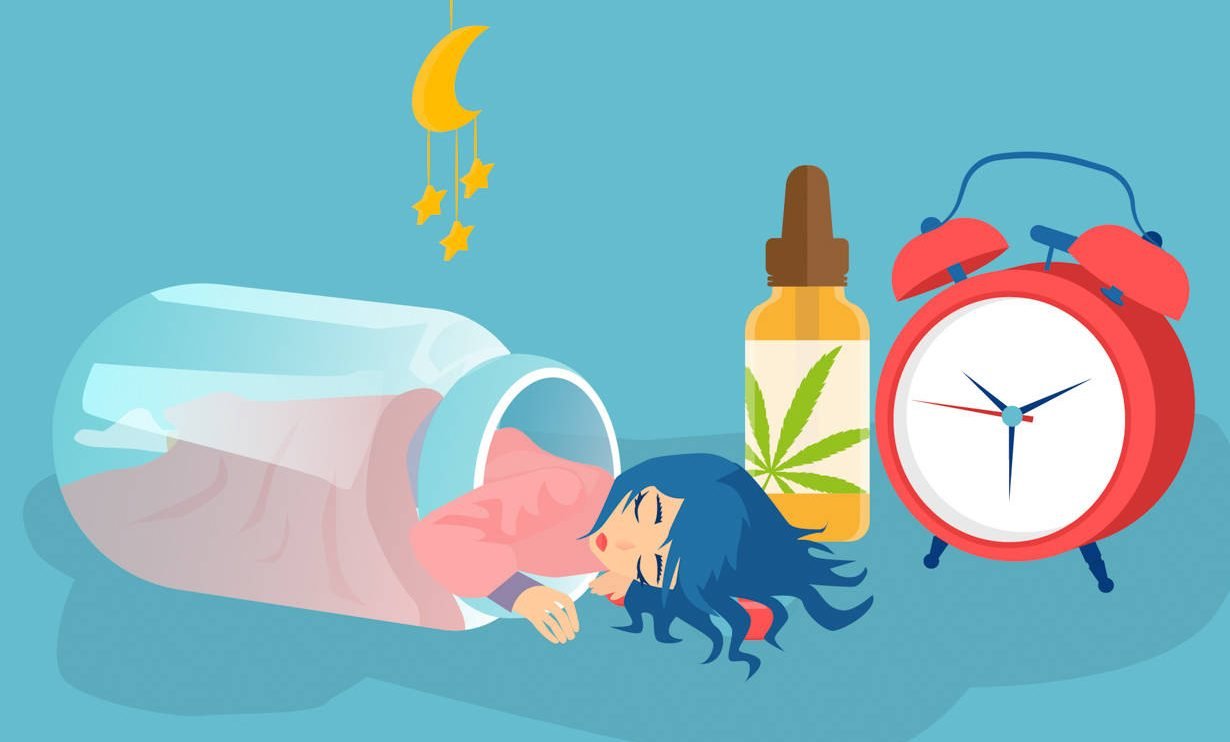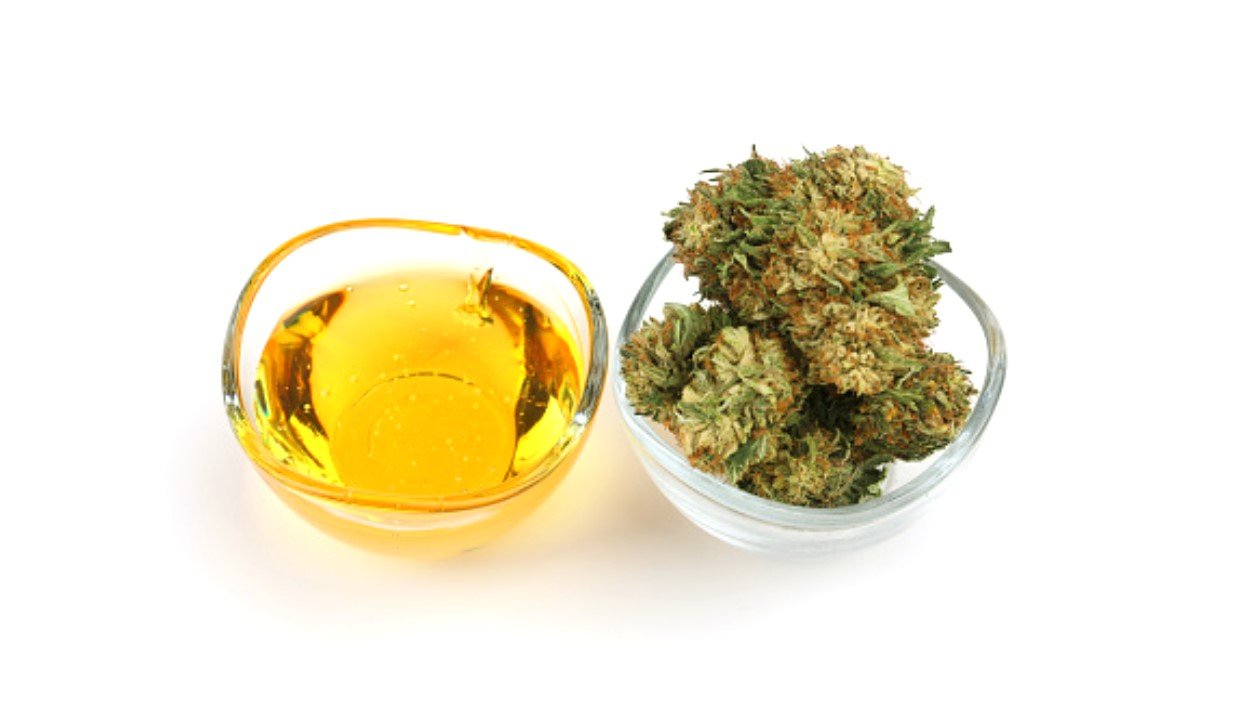1/4 of CBD Products in the Market did not Pass CBD Testing

The use of CBD has been on the rise in recent years. It is now available for purchase in many different forms, including capsules, topicals, and more. What many people don't know is that 1/4 of all products being sold are not tested by any regulatory agency. This means that you could be ingesting unknown substances into your body without knowing them, which can adversely affect your health and well-being. The best way to avoid this problem is to buy CBD from a company with third-party testing reports which show their ingredients and product-level results on their website, so you know exactly what you're getting before you take it!
A recent analysis found that roughly 25% of CBD products do not undergo CBD testing for impurities, including pesticides, heavy metals, and microbial infection. The investigation also revealed that the majority of CBD products are either mislabeled or inaccurately detailed about potency on their labels.
CBD Purity Testing
Leafreport reviewed 2,946 CBD products from 136 brands to determine if these companies use CBD testing in their products for purity and potency.
The investigation also looked for discrepancies in the amount of CBD advertised on their packaging versus what is listed on CBD oil testing labs’ reports.
With more people using CBD to treat health conditions such as anxiety, inflammation, and pain, it is crucial to regulate the companies to make sure they do not harm people's health.
According to Leafreport, 1/4 of brands did not undergo CBD testing for any of their products. Only 13% of the reviewed brands carried out the tests on at least 90% of their offerings. Additionally, 35% of the companies published test results for only 10% of their products.
Third-party lab CBD testing is one of the most critical aspects of the industry as wholesalers and users need to know all ingredients in a final product before it reaches retail shelves.
Purity in the production of medical marijuana means that consumers can be sure that no residue toxins or contaminants will affect their health. It is especially important to ensure any method of cannabis consumption has been lab-tested and proven safe for children, as doctors and parents want to know they are using products with a low chance of harmful side effects.
CBD Potency Testing

Compared to purity testing, potency testing is quite famous among CBD-producing companies. Most CBD products are now reporting the concentration of their cannabinoids in testing, which means consumers can buy high potency CBD with more confidence. The analysis found that only a tiny percentage of companies listed results for 10% or fewer of their products.
However, the rate of potency testing is still shockingly low; the survey also found that 42% of companies test over 90% of their products and share results with customers.
However, 84% of these potency-tested products did not come within 10% of what was advertised on labels, meaning that nobody knows for sure how much CBD is actually in a specific product.
Potency testing helps producers to give accurate information about their products to customers.
Testing the potency of cannabis is vital to ensure that the consumer knows exactly how many active ingredients they are consuming. For children with epilepsy, this can be incredibly challenging as these children require a set dosage regardless of their weight.
The purity and Potency of CBD brands are not the only tricky part for the users. Another research by Leafreport also found that more than 50% of CBD products for our four-legged friends had incorrect information on the labels.
How to Test CBD Oil at Home
Most probably, you cannot test CBD oil purity at home unless you are a professional equipped with the necessary commodities.
A potency test checks for the total amount of cannabinoids, including THC and other phytocannabinoids like CBD, CBG, and THCV.
Potency testing of any cannabis-related product is done by determining the number of cannabinoids. The most common CBD testing method is liquid chromatography with UV detectors to measure major cannabinoids, while minor and trace cannabinoids are measured using mass spectrometry. For products like oils that don't have a solid form, FTIR spectroscopy can be used. FTIR is also used to test the crude extracts and distillates. The amount of THCV in CBD oil is determined by comparing its FTIR spectrum to pure THCV.
How to Choose CBD Oil
- The most important thing to do before deciding to use any type of CBD product is consult with a doctor. This is vital, as you do not want to harm yourself.
- Then, look for a brand that has ''3rd party lab testing'' labeled on the packaging. Check the label to make sure it mentions the ingredients in the oil. If the company is reputable and trustworthy, they will probably list the components and additives they use in their product.
- Buy a CBD oil that includes CO2 extraction. This reduces the risk of unknown chemicals.
Long Story Short,
CBD is a booming industry that needs to be regulated. Many people use these products to improve their health conditions, and what we need the least is the side effects from the unknown ingredients.
What are your thoughts on the current state of regulation in this growing field? Do you think we should raise awareness about CBD oil quality control by sharing our blog posts with friends and family members who use CBD products regularly, or do you believe it would have little impact over time? Let us know what your takeaways were from reading this article!



